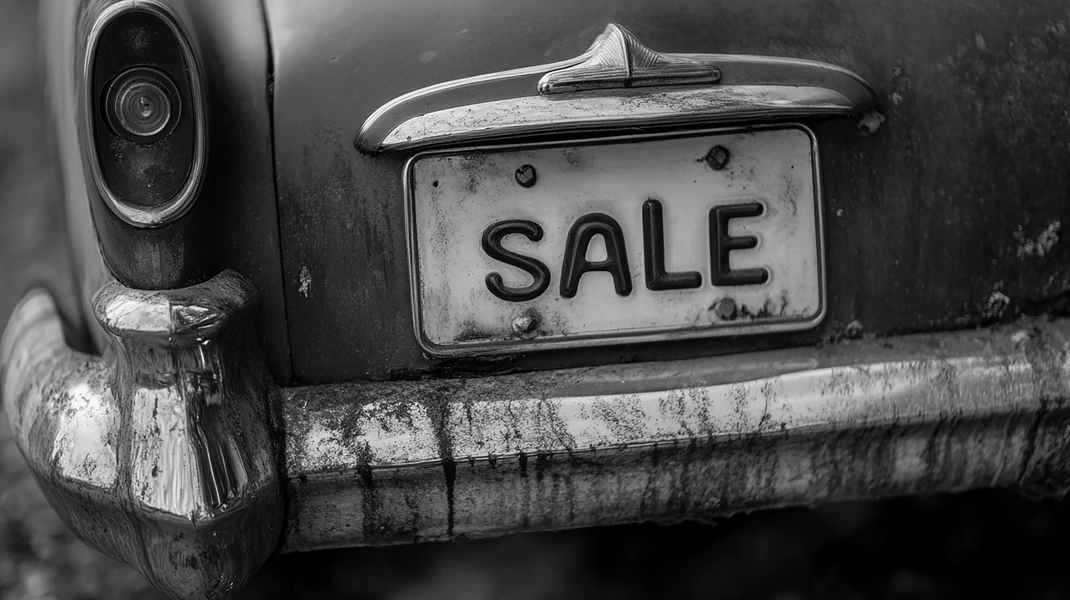Trading in your current vehicle is one of the easiest ways to reduce the cost of your next new car. But how do you make sure you’re getting top dollar for it?
Whether you're upgrading to a newer model or simply ready for a change, these smart tips will help you maximize your trade-in value—so you can drive away with more money in your pocket and a better deal on your next ride.
1. Know Your Vehicle’s Value
Before you visit the dealership, do a little homework. You can use online tools to get an estimate of your car’s current market value based on mileage, condition, and features. Having a general idea of what it’s worth puts you in a better position when discussing trade-in offers.
Pro Tip: Be honest about your vehicle’s condition when using valuation tools—dealers will do a full inspection before making an offer.
2. Clean It Up – Inside and Out
First impressions matter. A clean, well-maintained car looks more valuable to both appraisers and buyers. Take time to:
-
Wash and wax the exterior
-
Vacuum and wipe down the interior
-
Remove personal belongings
-
Fix minor cosmetic issues (like replacing worn-out floor mats)
Even small touches can add perceived value during a dealership appraisal.
3. Gather Your Service Records
A vehicle with a documented maintenance history is more appealing to dealerships. Bring any records you have showing:
-
Oil changes
-
Tire rotations
-
Brake work
-
Any repairs or recalls
This proves your vehicle was well cared for—and that’s money in your favor.
4. Handle Minor Repairs
While you don’t need to fix everything, addressing basic issues can make a difference. Consider:
-
Replacing burnt-out bulbs
-
Fixing small windshield cracks
-
Topping off fluids
-
Replacing wiper blades
Affordable fixes like these may increase your trade-in offer, especially if they prevent the dealership from needing to do it themselves.
5. Don’t Forget the Extras
Have the original second key, floor mats, or owner's manual? Bring them with you. These extras help the dealership resell your car more easily, which can work in your favor when it comes to value.
6. Trade-In Timing Matters
Just like the car market fluctuates, so does your vehicle’s value. Generally:
-
SUVs do well in winter months
-
Convertibles and sports cars shine in spring and summer
-
Lower-mileage vehicles always hold strong value
Also, trading in before major mileage milestones (like 100,000 miles) can keep your car in a higher value bracket.
7. Be Transparent and Ready
Dealers appreciate honest sellers. Be up front about known issues or accident history. The more straightforward you are, the smoother the process will go—and you’re more likely to receive a fair offer.
8. Let the Dealership Handle It All
Trading in at a dealership is often more convenient than selling privately. It saves you time, reduces hassle, and you can often apply the value directly toward your new purchase or down payment. Many dealerships even offer instant appraisal tools and trade-in bonus incentives to make the offer more competitive.
Final Thoughts
Maximizing your trade-in value isn’t complicated—it just takes a little prep. Clean your car, gather records, take care of small issues, and know what it’s worth. Then bring it to a dealership like mine, that values your time and will give you a competitive offer.
Trading in your old car can be a win-win when you do it the right way. Ready to get started? Stop by your local dealership for a fast, no-obligation appraisal today!








